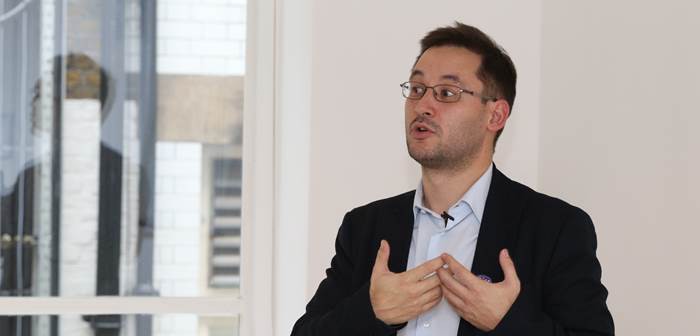Day four of Innovation Week brought with it a presentation from Nicolas Pochez of Gameloft fame (MD UK & Ireland) discussing how the immersive gaming world has infiltrated across multi platform and how evolving technologies will only continue to drive its saturation.
With 1.9m smartphones scattered across the globe, it’s clear to see that smartphone penetration has embedded itself into our everyday lives and with users spending 32% of their daily mobile consumption on gaming, the scale of opportunity is huge.
Pochez brought up a key point around how gaming users are inherently more immersed within the device that they’re interacting with than any other medium. Users are less likely to be multi-tasking whilst interacting with a game and with such strong engagement levels, this surely provides us with a key platform through which we can gain a greater share of the consumers lives.
The opportunity for brands is therefore not just in the scale of the platform, but also in terms of driving true brand engagements.
Gamification isn’t a new form of advertising and is prevalent within current marketing campaigns, taking its form in terms of incentivised actions e.g. watch a brand video to get coins to buy a cow on Farmville, or in a native form e.g. RNLI provides you with a life raft that saves you from drowning and gets you on to the next level.
The challenge that I think is hindering its advertising growth is around proving the effectiveness of such advertising.
How do we show clients the value of investing in gamification over more traditional forms of media?
Intuition would assume that native gamification will drive much deeper brand engagements than traditional media, but in a market place backed by data. With current reporting capabilities, will brand uplift studies be enough to get client’s budgets to shift and understand the true impact that integrated gaming solutions can have in driving brand awareness?




